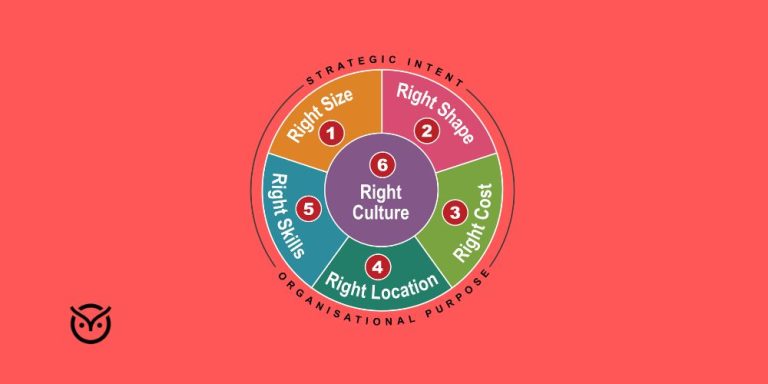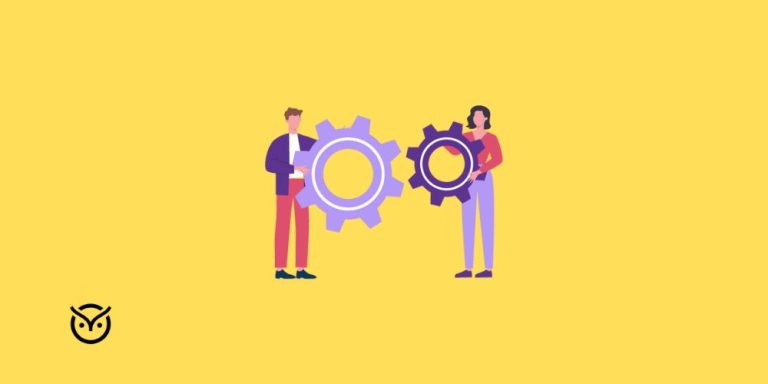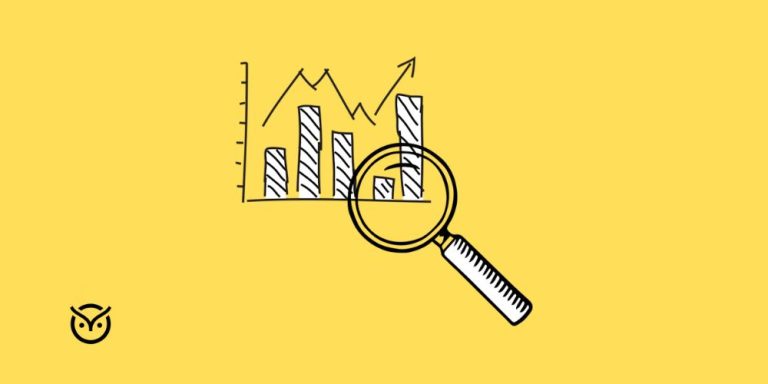Predictive Hiring: What Smarter Recruiting Looks Like in 2030

TL;DR
- Predictive hiring uses data to forecast which candidates will succeed
- Recruitment toward 2030 shifts from gut-feel to predictive analytics in recruitment
- Predictive hiring tools and predictive models will power smarter hiring
- Recruiters gain time, accuracy, and insight from predictive hiring assessments
- Proactive hiring through a predictive hiring index prevents talent gaps
Hiring a star employee by guessing feels like throwing darts in the dark. Many companies still rely on resumes, gut instinct, and interviews, and hope for the best. That leads to bad hires, long vacancy periods, and talent gaps that slow growth.
By 2030, smarter firms will turn this around using predictive hiring. They’ll lean on data, predictive analytics tools, and predictive models to spot high-potential candidates before training begins. In this blog, you’ll see how the evolution will unfold, what powers it, and how recruiters’ roles will transform.
What is Predictive Hiring?

Predictive hiring refers to using statistical models and data analytics to forecast which job candidates are likely to succeed in a given role. It is more than resume scanning. It combines historical employee data, assessment scores, performance history, and other signals to score new candidates.
In practice, a company might build a predictive hiring index, which is a composite score that weighs multiple factors (experience, behavioral assessments, cultural fit). Then, future applicants are matched to that index. These systems often rely on predictive hiring assessments, such as pre-employment tests that measure aptitude, personality, and cognitive skills that feed into predictive models to produce probabilities of success.
Predictive Hiring Decoder
Tap each card to reveal a plain-English meaning. Flip all cards to fill the bar.
The Evolution of Recruitment Toward 2030

The recruitment landscape of 2030 looks very different from today. Here’s how the shift happens step by step:
From manual to automated screening
Decades ago, recruiters read every resume. Then came keyword matching and Applicant Tracking Systems. By 2030, AI and algorithms will be predictive analytics tools that sift large volumes of applicants, flagging only the most promising ones.
From reactive hiring to proactive workforce forecasting
Instead of waiting for talent gaps, organizations will incorporate workforce planning and analytics. Predictive hiring tools will predict which roles will face shortages months ahead. This helps avoid talent gaps before they hurt operations.
From one-size interviewing to personalized pipeline
Rather than the same interview for all, candidates will follow paths crafted by predictive systems: some go through cognitive tests, others through scenario tasks, depending on what the predictive hiring index suggests will matter most for that role.
From isolated hiring to end-to-end talent insights
Recruitment will tie directly into retention, learning, and performance systems. The same predictive model that guides hiring will feed into career pathing, training prioritization, and team design.
From bias risk to bias control
One major challenge is reducing bias. As predictive hiring evolves, systems will incorporate fairness audits, blind features, and controlled feedback loops to monitor outcomes. The goal: use data not to entrench bias but to correct it.
The Evolution of Recruitment Toward 2030
Key Technologies Powering Predictive Hiring

Let’s look at the technology that will shape predictive hiring as we move toward 2030.
Machine Learning & Statistical Algorithms
Behind predictive hiring are smart systems that study patterns in past data, like performance, retention, and test results, to forecast how well a person might do in a role. These systems use methods such as regression, decision trees, and neural networks to spot trends and learn from them. Each new round of hiring feeds the system more data, helping it adjust and make better predictions over time.
Pre-hire Assessments & Psychometrics
Predictive hiring assessments evaluate cognitive skills, personality traits, problem-solving, and soft skills. When validated, they become inputs to models. Research shows that combining multiple assessment dimensions improves accuracy.
Natural Language Processing & Text Analytics
Resumes, cover letters, interview transcripts, and even written exercises become data. NLP tools extract features (semantic patterns, writing style) to feed into predictive models.
Behavioral & Digital Footprint Analysis
Subtle signals like how a candidate navigates an assessment, time taken on tasks, and engagement patterns, yield predictive features. Advanced systems can detect engagement consistency, hesitation, or trait proxies from digital behavior.
Integrations & Data Ecosystems
To build powerful models, systems must pull data from HRIS, performance systems, learning platforms, and even external labor markets. This integration, workforce planning, and analytics backbone lets models draw context.
Continuous Feedback Loops & Model Monitoring
Predictive systems of 2030 will not be static. After hires join, the system tracks their performance and retention. That outcome data feeds back into the predictive hiring index, improving it over time.
Key Technologies Powering Predictive Hiring
Drag the tiles into the correct order to build a predictive hiring engine. When you’re right, you’ll see a success message.
Benefits of Predictive Hiring for Recruiters

Adopting predictive hiring tools automates the hiring process and enhances decision-making. This is how recruiters benefit.
Higher Accuracy, Less Guesswork
Recruiters gain precision instead of relying on intuition. Organizations using predictive analytics have reduced voluntary turnover by up to 20%.
Faster, Smarter Hiring
Automating resume screening and shortlisting through predictive analytics tools cuts time-to-hire dramatically. Recruiters can focus on candidate experience, not administrative bottlenecks.
Reduced Bias
Algorithms trained correctly can minimize bias by focusing on job-related predictors instead of demographic data. When combined with fairness checks, predictive hiring assessments can make the process more equitable.
Better Workforce Forecasting
Predictive insights feed into workforce forecasting models, allowing recruiters to prepare for future hiring surges or market shifts. Instead of reacting to attrition, HR can plan ahead to fill critical roles before shortages occur.
Tangible ROI
The benefits of predictive hiring go far beyond efficiency. Companies that apply data-driven models in recruitment see faster hiring cycles, lower hiring costs, and stronger employee retention. Predictive insights help teams invest time and budget where it matters most, and that is on candidates who truly fit and perform.
Predictive Hiring ROI Estimator
This is a simple calculator. Adjust inputs to match your hiring plan and internal costs.
How Predictive Hiring Changes the Recruiter’s Role

The future recruiter will look more like a data-driven strategist than a CV screener.
From Talent Hunter to Talent Forecaster
By 2030, recruiters will lead workforce planning to avoid talent shortages. They’ll analyze data dashboards showing where skill gaps are forming, then use predictive models to forecast which roles need to be opened next quarter.
From Manual Screener to Data Interpreter
Recruiters won’t just rely on instincts. They’ll interpret analytics, validate algorithmic predictions, and explain insights to hiring managers. Their value will shift from volume to precision, like fewer hires but higher quality.
From Process Manager to Experience Designer
Automation will handle scheduling, screening, and reporting. Recruiters will focus on human touchpoints such as personalized outreach, interviews, and engagement. With predictive analytics in recruitment, they can design tailored candidate journeys that feel personal at scale.
From Bias Guard to Fairness Architect
Future recruiters will monitor data bias actively. They’ll test whether the predictive hiring index favors specific groups and recalibrate accordingly. Human judgment remains vital to maintain fairness and compliance.
Conclusion
By 2030, predictive models will be standard practice. As predictive analytics tools merge with AI, behavioral science, and continuous validation, recruitment becomes a strategic engine for growth.
Organizations that embrace data-driven hiring today will lead tomorrow’s talent race. Those who delay will spend more time reacting to gaps instead of forecasting success. In short, smarter hiring is not about replacing recruiters. It’s about equipping them to see the future and act before it arrives.






